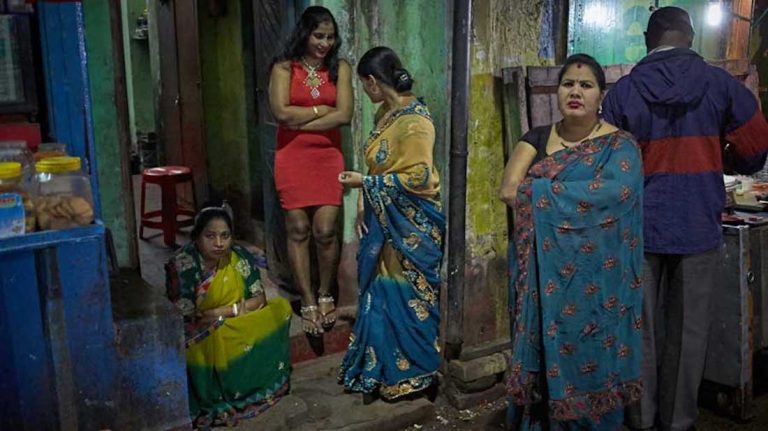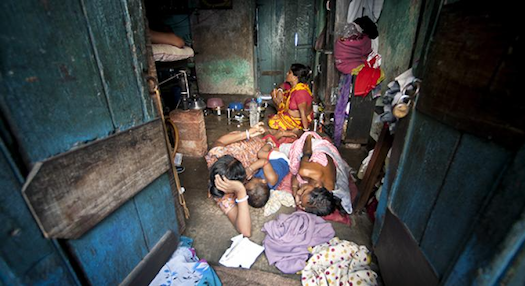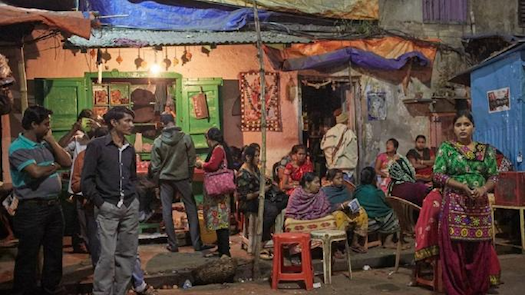
Mumbai — – In the shadow of India’s rapid economic growth lies a grim reality: entire villages where prostitution is not just a profession but a hereditary fate. Known as “prostitution villages,” these communities—scattered across states like Maharashtra, West Bengal, and Andhra Pradesh—are home to generations of women trapped in the sex trade, bound by poverty, social ostracization, and systemic neglect.

A Legacy of Exploitation
For many women in these villages, sex work is not a choice but an inheritance. Families, often from marginalized castes, have been engaged in prostitution for decades, with daughters following their mothers into the trade as early as their teens.
“My grandmother did this, my mother did this, and now I do it,” says Rekha (name changed), a 28-year-old from a village in Maharashtra. “There was never another option for us.”
Economic desperation fuels the cycle. With limited education and job opportunities, sex work becomes the only means of survival. Many women earn as little as 2–2–3 per client, barely enough to feed their families.
The Role of Trafficking and Grooming
While some women enter the trade due to family tradition, others are victims of trafficking. Brothel owners and middlemen prey on impoverished families, promising loans or jobs before forcing girls into prostitution. Activists estimate that thousands are trafficked into these villages annually, with many coming from Nepal and Bangladesh.
“The line between voluntary and forced prostitution is often blurred here,” says Anjali Gopalan, founder of the Naz Foundation, an NGO fighting sex trafficking. “Even if a woman isn’t physically locked up, the lack of alternatives makes it coercion by circumstance.”

Government and NGO Interventions
The Indian government has launched initiatives to combat trafficking and rehabilitate sex workers, including vocational training and housing programs.
However, implementation remains inconsistent. Corruption, bureaucratic delays, and underfunding hinder progress, leaving many women without viable escape routes.
Nonprofits like Apne Aap Women Worldwide work to educate women about their rights and provide skills training. “We’ve seen some success in helping women leave the trade,” says founder Ruchira Gupta. “But without broader societal change, the cycle continues.”
Stigma and the Struggle for a New Life
Even for those who escape prostitution, reintegration into society is fraught with challenges. Deep-rooted stigma ensures that many face discrimination in housing, employment, and even healthcare. “People call us ‘dirty’ even after we leave,” says Priya (name changed), a former sex worker now working as a tailor. “No one wants to hire us or rent to us.”
Some women return to the trade simply because society refuses to accept them elsewhere. Activists argue that without addressing stigma, rehabilitation efforts will fail.
Is Change Possible?
Despite the bleak landscape, grassroots movements offer glimmers of hope. Women’s collectives are forming to demand better legal protection, while some villages have seen a decline in intergenerational prostitution as younger generations access education.
Yet, experts warn that systemic change requires more than piecemeal efforts. “We need economic opportunities, stricter anti-trafficking laws, and a societal shift in how we view sex workers,” says Gopalan. “Otherwise, these villages will remain prisons for generations to come.”
Inside India’s Prostitution Villages: Cruel Cycle of Exploitation (April 23, 2025)